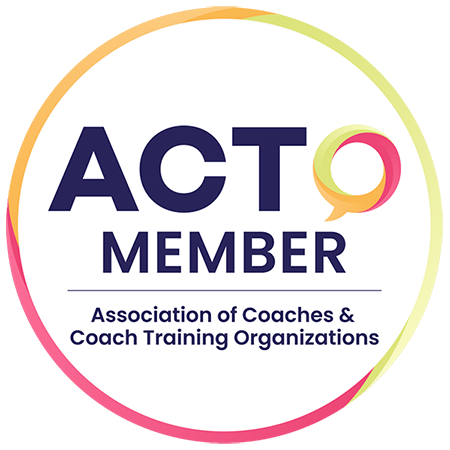
By: Patrick Williams, EdD, MCC
We're discussing change, fundamental change that affects and benefits the course of a life, or the cultural health of an organization. For professionals who address the culture of change daily, we can make a common mistake. We assume that everyone wants to change. From our side of the desk, our profession depends on continued learning, adjusting to the information, and making subtle changes on a regular basis. We may not realize it, but health and wellness professionals have already made the decisions - we want to change. Therefore, when we hear new information, the information fuels the direction we've already chosen to travel.
For those who are outside the health and wellness industry, change can be a frightening idea. Everyone develops habits to bring order out of the delicate chaos of our relationships, responsibilities, abilities, weaknesses, fears and desires. When someone suggests “Time to Change,” the idea sends cold shivers up our stiffening backbone. Change means upsetting the balance I've worked so hard to obtain. Change means that I may have to expose latent fears or desires that I don't like to address. In short, for those unaccustomed to the idea of a changing lifestyle and the personal improvement that follows, the idea of change and the information meant to fuel change can elicit the opposite results.
The language we use, and the process we follow will greatly affect our success when coaching and counseling. When we talk about the language of leadership, these three steps, used in this order, help health professionals and coaches connect effectively.
Step 1: Getting the Audience's Attention
People aren't necessarily listening when we speak. Even when the audience tunes in, they are often predisposed to hear ideas that reinforce their existing biases. They are distracted. Sitting in a meeting, members mentally respond to emails, prepare for our next meeting or ponder current skirmishes on the home front. Therefore, the first step in effective coaching communication is getting your audience's focused attention.
In an experiment with 60 executives, researchers found the most important factors in grabbing their attention were:
- A personalized rather than impersonal or clinical message
- Evoking an emotional response by matching stories to experiences your audience understands
- A trustworthy presenter
- Concise language that directly targets to your audience, in a vocabulary with which your audience is familiar
The details of this study revealed that a personalized message evoked the hearer's emotions, and were more than twice as likely to resonate with the group. Since social scientists have shown that negative messages are more attention getting than positive ones. We can adapt this approach and share:
- Stories about the audience's problems (“These problems are serious…”)
- Stories about the problems' likely trajectory (“These problems are getting worse…”)
- A relevant story about how you addressed adversity (particularly if you're new to the audience)
- A surprising question or challenge that will interest the audience
- A true story from your own life that addresses both successes and failure
Although this last point may seem counter-intuitive, leadership expert John Maxwell describes his experience when speaking to an audience about learning leadership principles. “When I share my successes, I impress my audience. When I share my failures, I inspire them.”
Positive stories are extremely important for creating a desire to change. Stories spark people's imaginations regarding what 'can be” on the other side of a change process. If you want your team to do something differently, stories and clear examples of how successful innovators forged a path can spark their desire to follow a successful guide.
Step 2: Creating Desire
Effective leaders establish an emotional connection, and then stimulate a desire for a different future. Without this emotional connection, nothing of significance happens and our motivation can be perceived as badgering, grandstanding, preaching, etc. If we look back at the tendency to start with information, a pile of new information will rarely tilt the scale in favor of change if a person doesn't first buy in, and want to change or follow a leader's direction. Because we make decisions emotionally and only justified them with logic and reason, stimulating desire before loading on new information is critical.
The task isn't to impose your will on an audience. A leader, coaches, or health professional's task is to enable participants to see the possibilities and come to their own conclusions, based on the evidence, and their newly formed emotional connectedness. Stories allow audience members to see the world for themselves, view their relationships in a new way and make progress in implementing organizational goals.
The idea of using stories isn't new, but the kinds of stories that are effective for leaders must adapt to the audience. Motivational stories are rarely big and dramatic, or shouted through a bullhorn. Change often hinges on simple, unpretentious presentation and authentic stories. This approach connects you and your audience on an emotional level, which leads to action and the willingness to imagine a new future.




